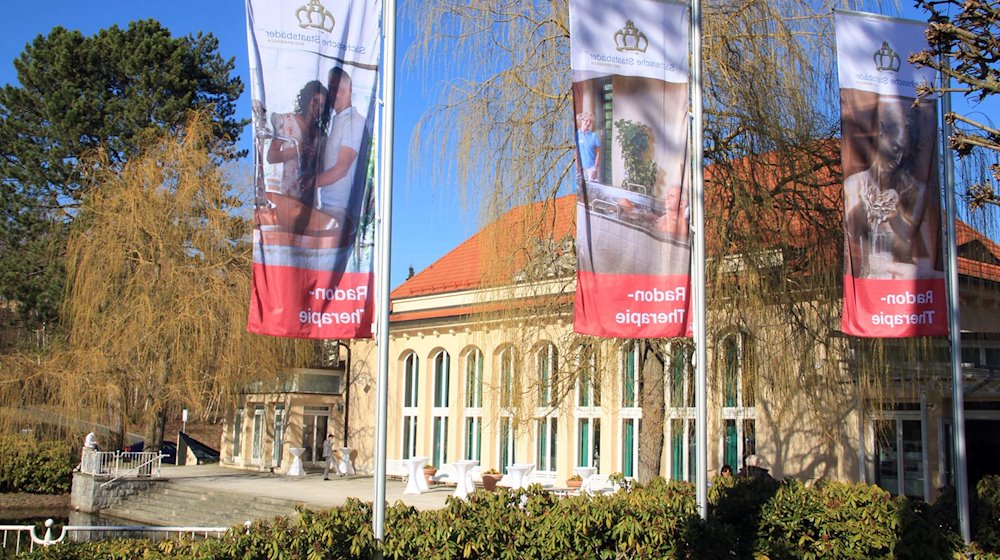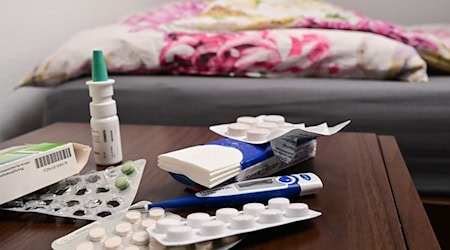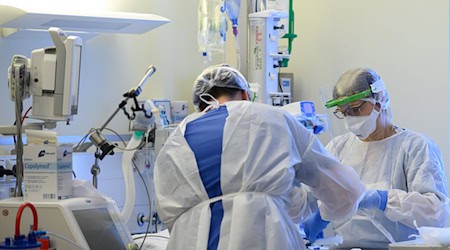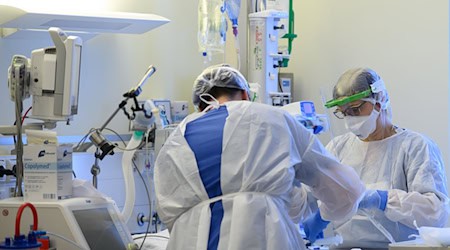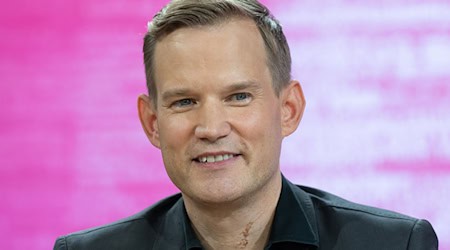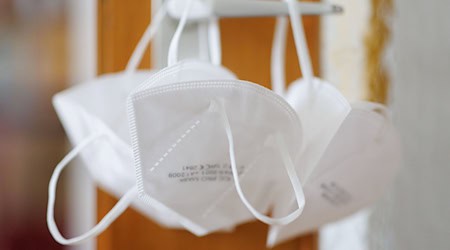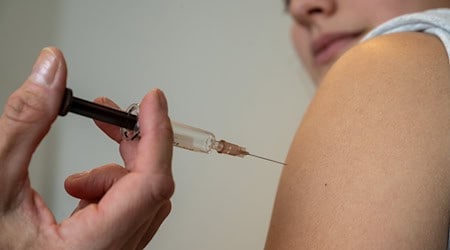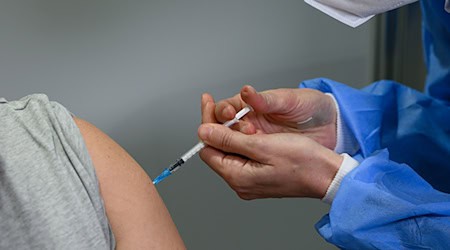Visitor numbers continue to weaken in Saxony's spas and have not yet reached pre-corona levels. Last year, the eight most important health spas in the Free State counted 1.27 million visitors in the bath and sauna sector, according to a survey conducted by the Saxon Spa Association for the German Press Agency. That is only 91 percent of the number of guests reached in 2019. "The health spas are the economic heart of the health resorts," says Managing Director Helfried Böhme. This area has been particularly "badly shaken" during the coronavirus years. In addition to bathing and sauna facilities, the so-called health spas in the health resorts usually also include therapy and wellness areas.
According to the association's survey, the health resorts are developing very differently. In Bad Brambach in the Vogtland region, visitor numbers have virtually gone through the roof in the past three years. In 2023, the Saxon state spa was able to increase these by 196 percent compared to 2019. According to Böhme, this is mainly due to the new radon therapy center in the town, which was built and inaugurated during the coronavirus pandemic. On the one hand, the new therapy wing makes it possible to accommodate more guests. On the other hand, radon seems to be popular as a treatment method. "Radon seems to provide good relief for pain, for example."
Other spas, on the other hand, are lagging far behind the 2019 figures with their health spas. Bad Schlema and the Wiesenbad thermal spa in the Erzgebirgskreis district are operating at between 50 and 70 percent of their former capacity. "Both are undergoing construction work. Although individual areas of public pool operations have been maintained, the attractiveness for guests is naturally limited," says Böhme, citing one of the main reasons.
Long closures during the pandemic, a shortage of skilled workers and energy prices have taken their toll on the health spas. "The last few years have been a disaster for many," says the association's managing director. Due to the increased cost of living, many spas feared that fewer people would be able to afford the admission prices. "Fortunately, guest numbers are stabilizing, even if they have not yet reached the level of previous years." But an investment backlog is looming - another after-effect of the corona closures. "Many people used up their investment funds or took out loans due to ongoing costs. The money is now missing," explains Böhme.
One hope of the spas, on the other hand, has been dashed. Many believed that private cures for the new Long Covid illness had a promising future, says Böhme. "We thought demand would increase. But the response has been modest." Possibly also because these are cures that interested parties have to pay for themselves. "The treatment approaches in this area are only just being researched." Four places in Saxony currently offer such a cure on the website of the spa association longcovidkur.com. The costs range from 750 to almost 2000 euros. According to Böhme, only Bad Brambach can boast some success in terms of bookings.
The Sächsische Staatsbäder GmbH (Saxon State Spas) primarily relies on radon as a natural remedy with the "Bad Brambacher Post Covid-Kur". In addition, there are relaxation-promoting therapies with massages, drinking cures or Kneipp treatments, explains Silvia Sommer, Head of Therapy and Health Prevention at the Saxon State Spas. "We have the impression that word is slowly but steadily getting around among those affected."
Copyright 2024, dpa (www.dpa.de). All rights reserved

